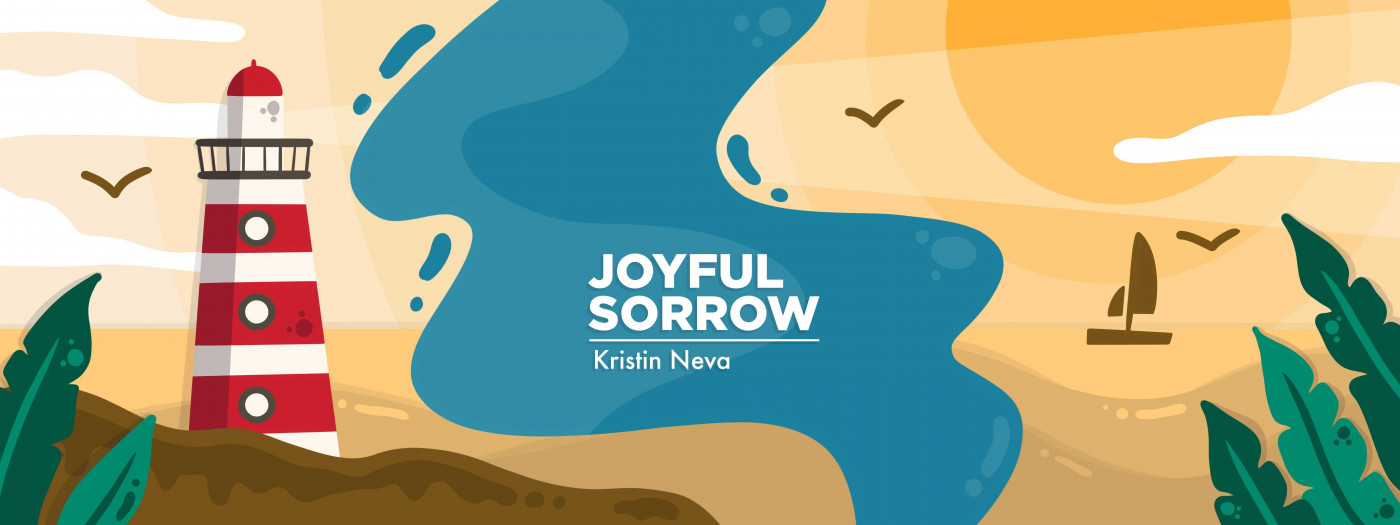Searching for Markers on the Difficult Path of ALS
Seeking guidance and direction is a commonality of those living with ALS

I followed the directions on my phone to the Lily Creek Nature Sanctuary in Michigan’s Upper Peninsula. The 40-acre forest preserve with maple, paper birch, and balsam fir is only five minutes from my home, but I’d never been there. I’d seen an advertisement for a hike and bonfire event, so I decided to check it out to get my daily exercise. I cope with the stress of my husband, Todd, having ALS by exercising and being outdoors in nature.
I turned off the county road and parked on a side road, along with a half-dozen other cars. A small plaque on the edge of the woods marked the trailhead. I carried my snowshoes down a snow-packed path into the woods, which had orange ribbon tied around the trees every 15-20 feet.
Before long, I caught up with a couple and their toddler. The father was pulling his son in a sled. Shortly after, we approached the other event participants, including two women who were pulling a weighted sled to pack the snow down. We followed them around a few more bends in the trail that cut through the woods to a small clearing with a fire pit next to Lily Creek.
One of the event leaders suggested we look for birch bark to start the fire. She had already put larger logs in the fire pit. I left my snowshoes by a tree and gathered what kindling I could find, taking in the beauty of the snowy woods and the flowing creek. I didn’t find any loose birch bark, returning instead with dried twigs and other bark. It wasn’t long before the fire was roaring.
I chatted with a few people, and then it was time to head back. I can’t be away from Todd for long.
A solitary journey
After studying a laminated map that hung on a tree, I decided to complete the path that looped back to the entrance rather than retracing the packed trail I had followed earlier. It appeared to be about the same distance, but this time I would be trekking through a foot of snow. I strapped on my snowshoes, and for a ways I followed the snowshoe tracks of others. It was easy to see where to go, but then the tracks ended where others had turned around.
There were deer tracks through the snow, and I saw wild turkeys and the tracks that they had left, but there were no human tracks to follow. I had to look for the orange ribbons, but sometimes I couldn’t see the next marker, and I had to guess which way to go. I felt a sense of relief each time I saw that next marker that let me know I was on the right path.

The beautiful, snow-covered Lily Creek Nature Sanctuary in Michigan’s Upper Peninsula. (Photo by Kristin Neva)
I thought about the parallels to our experiences with ALS over the last 12 years.
Initially after Todd was diagnosed, we attended an ALS clinic. At the time, we lived near Milwaukee, Wisconsin, and a number of resources were available to us. Every month, we met with a neurologist, a respiratory therapist, a physical therapist, and an occupational therapist. Those specialists guided us, suggesting equipment and strategies to deal with the disease progression that had happened over the first couple years.
Then we moved near my family in northern Michigan for the day-to-day support we needed. Before long, we realized it was too much for Todd to travel four hours to the nearest ALS clinic. We found a local neurologist, but then he moved out of the area and the hospital didn’t replace him.
For the last several years, we’ve had to manage Todd’s healthcare with primary care doctors who are kind and eager to help, but unfortunately aren’t all that familiar with the disease.
As the disease has progressed over the course of a decade, I’ve felt increasingly on my own, navigating terrain with few markers.
I seek out the advice of others in social media groups who are also managing ALS. Because the disease progresses so differently in each person, there isn’t a clear path to follow. But those occasional interactions reassure me that we are managing the disease as well as we can.
Not only is ALS difficult to navigate on a practical level, it is also hard emotionally and spiritually. Other caregiving spouses with young children are also having a difficult time, and I find camaraderie with them through online forums. But I don’t necessarily find direction.
We’re all walking through rugged terrain without a map. I keep my eyes open for orange ribbons. Sometimes wisdom from those who have faced, or are facing, other difficult circumstances resonates with me. And I try to see the beauty around me, even when I don’t know exactly where we are going or where we will end up.
Note: ALS News Today is strictly a news and information website about the disease. It does not provide medical advice, diagnosis, or treatment. This content is not intended to be a substitute for professional medical advice, diagnosis, or treatment. Always seek the advice of your physician or other qualified health provider with any questions you may have regarding a medical condition. Never disregard professional medical advice or delay in seeking it because of something you have read on this website. The opinions expressed in this column are not those of ALS News Today or its parent company, Bionews, and are intended to spark discussion about issues pertaining to ALS.








Leave a comment
Fill in the required fields to post. Your email address will not be published.